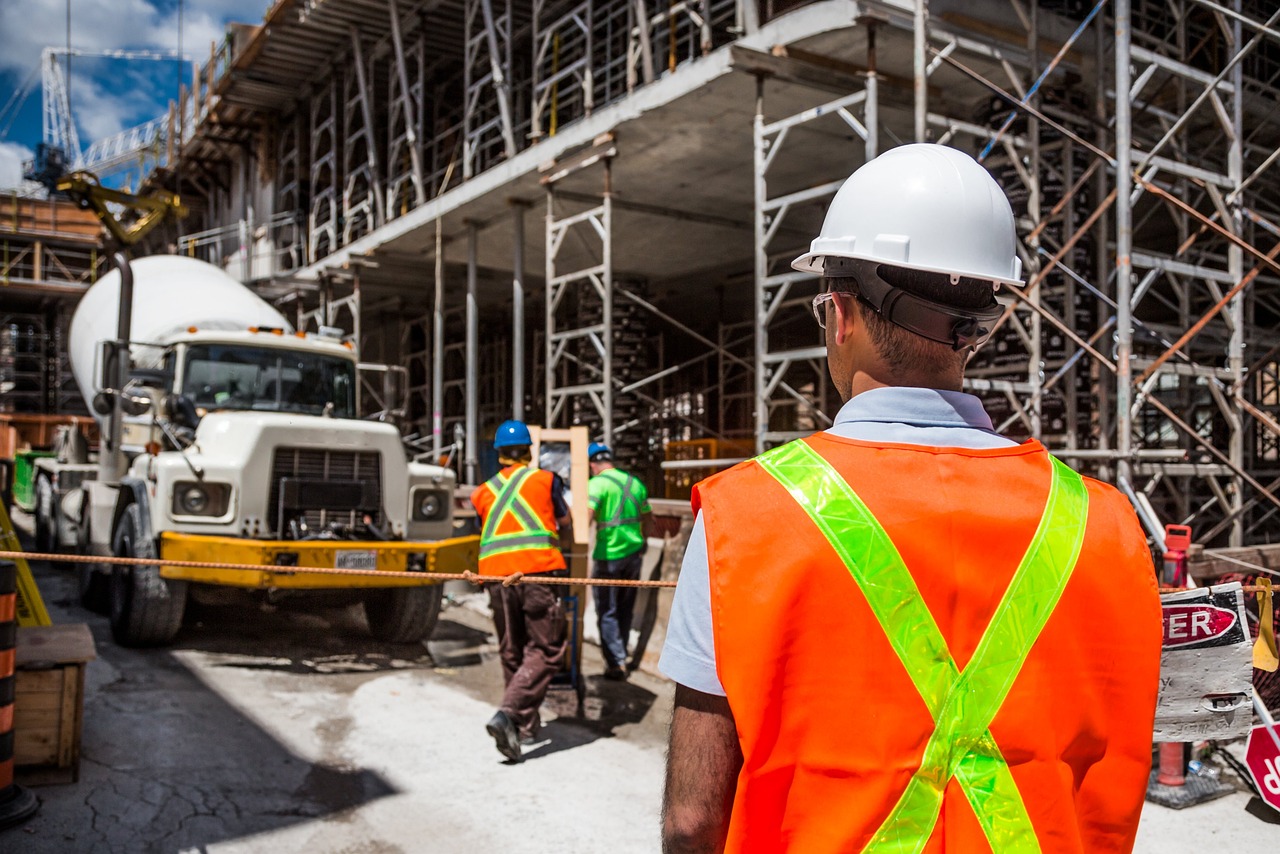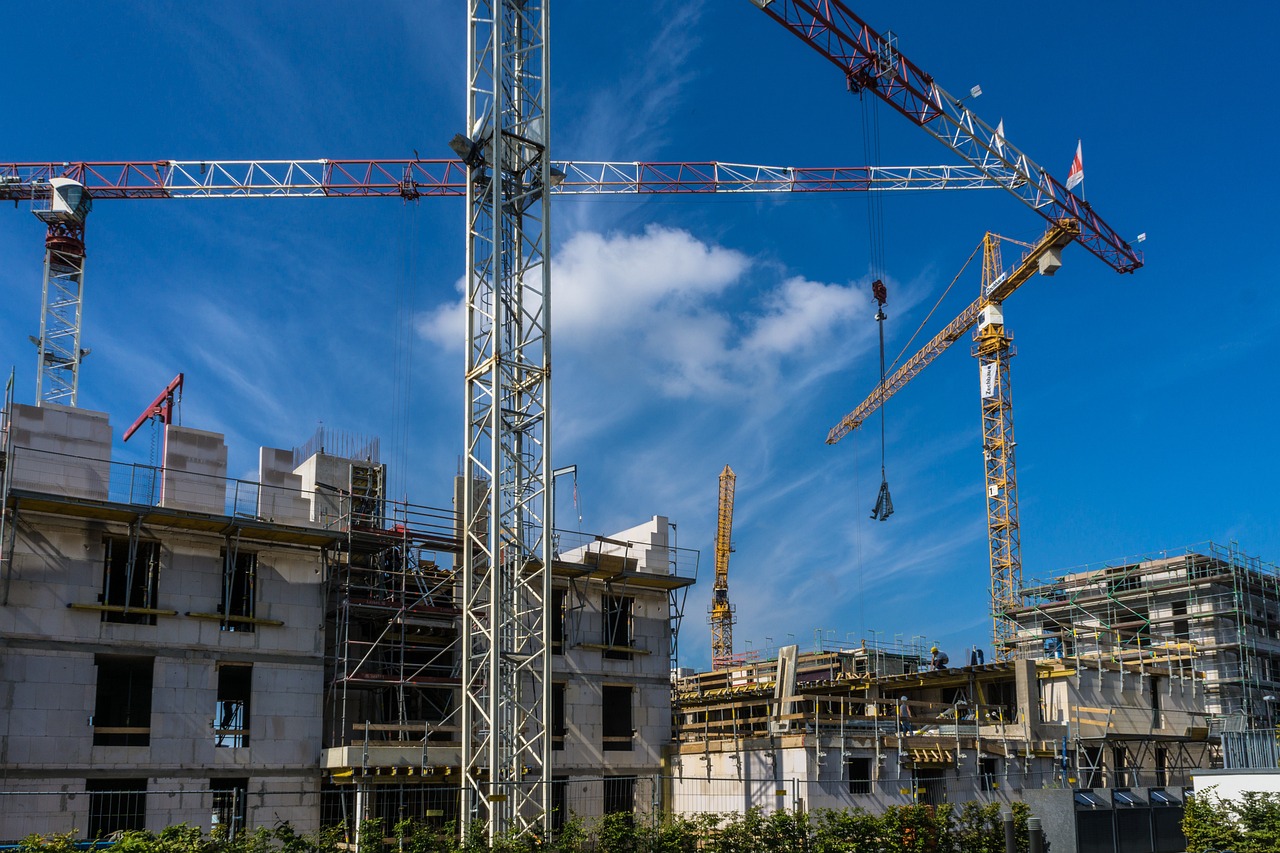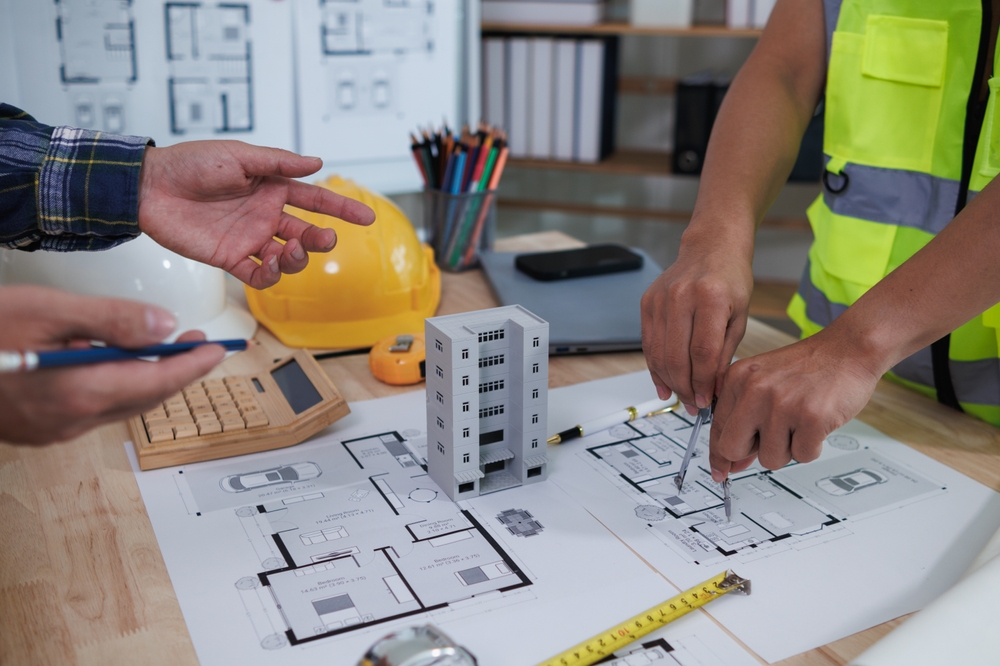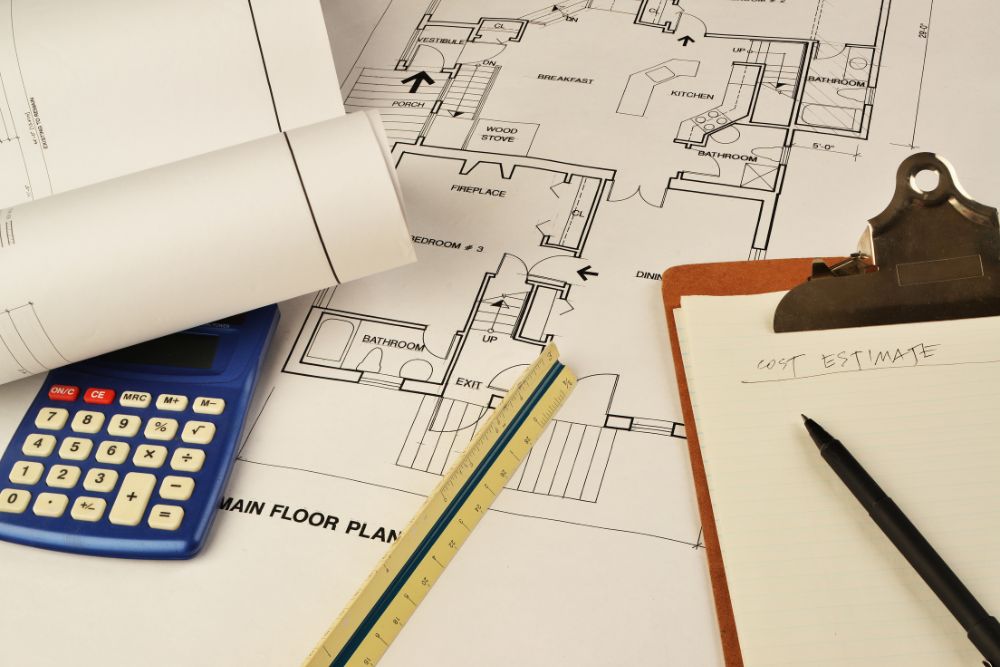In construction, presenting an accurate and precise estimate is essential for every project. That’s why learning how to present construction estimates is so important. It helps you explain costs clearly and show that you’re professional and trustworthy. A well-presented estimate not only outlines the price but also shows the value of your services. When clients can easily understand your estimate, they feel more confident moving forward with the project.
In this blog, you’ll learn how to present construction estimates in simple and effective ways to clearly and impress your clients from the very start.
What Is a Construction Estimate?
A construction estimate outlines the total cost of a project’s construction. It is one of the first and most essential steps in a construction project. Contractors make estimates during the bidding stage. They review project plans, drawings, and historical data to determine the total project cost. An accurate estimate helps everyone understand the budget more clearly. It also allows contractors to stay competitive and earn a fair return on their investment.
When and Why to Use a Construction Estimate
A construction estimate is a key tool at the start of any project. It helps plan the budget, control costs, and guide decisions throughout the project.
- Begin Early: Estimates are prepared at the very start to guide planning.
- Start Rough: Early estimates are based on experience and similar past projects.
- Add Details Over Time: As planning moves forward, the estimate becomes more accurate.
- Include Materials and Labor: Listing materials, labor, and schedule improves precision.
- Adjust for Changes: Costs may fluctuate slightly, but the majority of the budget is established before bidding.
- Manage the Project: A construction estimate helps track expenses and keep the project on schedule.
Types of Construction Estimates
There are different types of construction estimates used at various stages of a project. Each type helps plan, manage, and control costs more effectively.
1. Preliminary Estimate
First, a preliminary estimate gives a rough idea of the total project cost. It helps decide if the project is affordable or not. At this stage, detailed designs are not ready, so the estimate is based on data from past projects.
2. Detailed Estimate
Next, a detailed estimate is made once the project designs are complete. It uses drawings and documents to calculate the cost of materials, labor, and equipment. This type of estimate shows a clear picture of the total cost before construction starts.
3. Quantity Estimate
Then, a quantity estimate focuses on measuring the quantity of materials. It converts materials into units, such as square feet or cubic yards, and assigns a price to each unit. Contractors may also divide the work into smaller parts to make pricing more accurate and easier to manage.
4. Bid Estimate
Finally, a bid estimate is prepared when contractors submit their bids to clients. It includes all direct, indirect, and overhead costs, as well as the contractor’s profit. This is the final version of the estimate used to win the project.
How to Present Construction Estimates
Writing a construction estimate may seem complicated, but it becomes easier when you follow the proper steps. Here’s a simple guide to help you create an accurate and professional construction estimate.
Understand the Project Scope
First, you must clearly understand the project before writing the estimate. Gather all the important details from the client to know precisely what they want. Understanding the project helps you plan costs and time more accurately. Once you understand the project, proceed to identify the main components of your estimate.
Know the Key Components of an Estimate
Before you start writing, know what a construction estimate should include. A good estimate provides clients with a clear understanding of the work and associated costs.
Your estimate should include:
- Details of the work you will do
- The materials needed and their cost
- Labor cost and number of workers
- Total project cost
- Payment terms and conditions
- Your company’s contact information
You can also add extra details based on the client’s specific needs.
Use Modern Estimating Software
Next, make your job easier with estimating software. Today, numerous tools help contractors calculate costs more quickly and accurately.
These tools can:
- Store and organize construction cost data
- Auto-generate estimates
- Manage project budgets and expenses
Using software saves time and reduces the chances of making errors.
Calculate Costs and Markup
Even with software, some parts still need your attention. You must calculate the costs of materials, labor, equipment, and markup.
- Material Costs: Multiply the unit cost by the total quantity and include an additional amount for waste.
- Labor Costs: Estimate the time required for each task and multiply it by the workers’ hourly rate.
- Equipment Costs: List all necessary tools and machinery, along with their associated costs.
- Markup: Add a profit margin to your total cost. For example, if an item costs $7 to make and you sell it for $10, the markup is 43%. You don’t need to show this to clients; it’s for internal use.
Prepare the Estimate Document
Once you have all the details, it’s time to write your estimate. Your document should look professional and easy to understand. Include the following:
- Project Overview: A summary of the project, its goals, and possible challenges.
- Itemized Costs: A clear list of all costs so clients can see where their money goes.
- Project Timeline: Key milestones and expected completion dates.
- Team Structure: Who will work on the project and their roles.
- References: Include past projects or client testimonials to establish credibility.
- Payment Terms: Clear and fair payment conditions.
Use simple language, neat formatting, and visuals (like drawings) to make your estimate look professional and appealing.
Review and Revise
Before sharing your estimate, review it carefully. Ensure that all numbers, materials, and assumptions are accurate and reliable. Revising helps avoid errors, such as double-counting materials or missing costs. A well-checked estimate builds client trust and shows your professionalism.
Discuss Possible Challenges
Finally, discuss potential project challenges with your client. These could include delays, labor shortages, material issues, or safety concerns. Being honest about these risks helps manage client expectations and shows that you’re responsible and transparent.
Top 6 Tips to Present Construction Estimates
Presenting your construction estimate effectively helps clients understand your work and trust you. Here are six easy tips to make your estimate clear and professional.
- Meet the Client Personally: Present your estimate in person to explain details clearly and build strong client trust.
- Use a Professional Format: Keep your estimate neat, branded, and well-organized to make a great first impression.
- Break Down All Costs: Show materials, labor, and other expenses separately for full cost transparency.
- Be Clear About What’s Included: List what your estimate covers and excludes to avoid confusion later.
- Keep It Simple and Visual: Use precise language, tables, and visuals to make your estimate easy to understand.
- Follow Up After Sending: Contact the client after sharing your estimate to address any questions and demonstrate professionalism.
FAQs
How To Present Construction Estimates To Clients?
Start by explaining the project clearly. Then, share a simple breakdown of costs for materials, labor, and equipment. Use clear words and visuals to make it easy to follow. Finally, answer the client’s questions and follow up after sending the estimate.
What Are The 5 Levels Of Cost Estimation?
There are five levels of cost estimation: Order of Magnitude, Conceptual, Preliminary, Definitive, and Control. Each level provides a clearer understanding of the project cost, helping to plan and manage the budget more effectively.
What Is The Difference Between An Estimate And A Bid?
An estimate is a cost prediction that involves determining the client’s cost. Simply put, an estimate helps you prepare, while a bid enables you to win the job.
What Is Estimating In Building Construction?
Estimating in construction involves determining the cost of a project. It includes materials, labor, and equipment. This helps keep the project on budget and on track.
What Is BOQ in Construction?
BOQ means Bill of Quantities. It’s a list of all the materials and work needed for a project. It helps make pricing transparent and accurate for both the client and the contractor.
Conclusion
A well-prepared estimate can make all the difference in a construction project. Knowing how to present construction estimates effectively helps you communicate costs clearly, show the value of your work, and build trust with clients. When clients understand your estimate, they feel confident and assured about moving forward with the project.
For accurate and reliable construction estimates, Prime Estimation offers expert construction estimating and CPM scheduling services. Our team provides detailed cost estimates and project schedules for all types of construction projects.
Contact Prime Estimation today to make your next project smooth, well-planned, and cost-effective.













